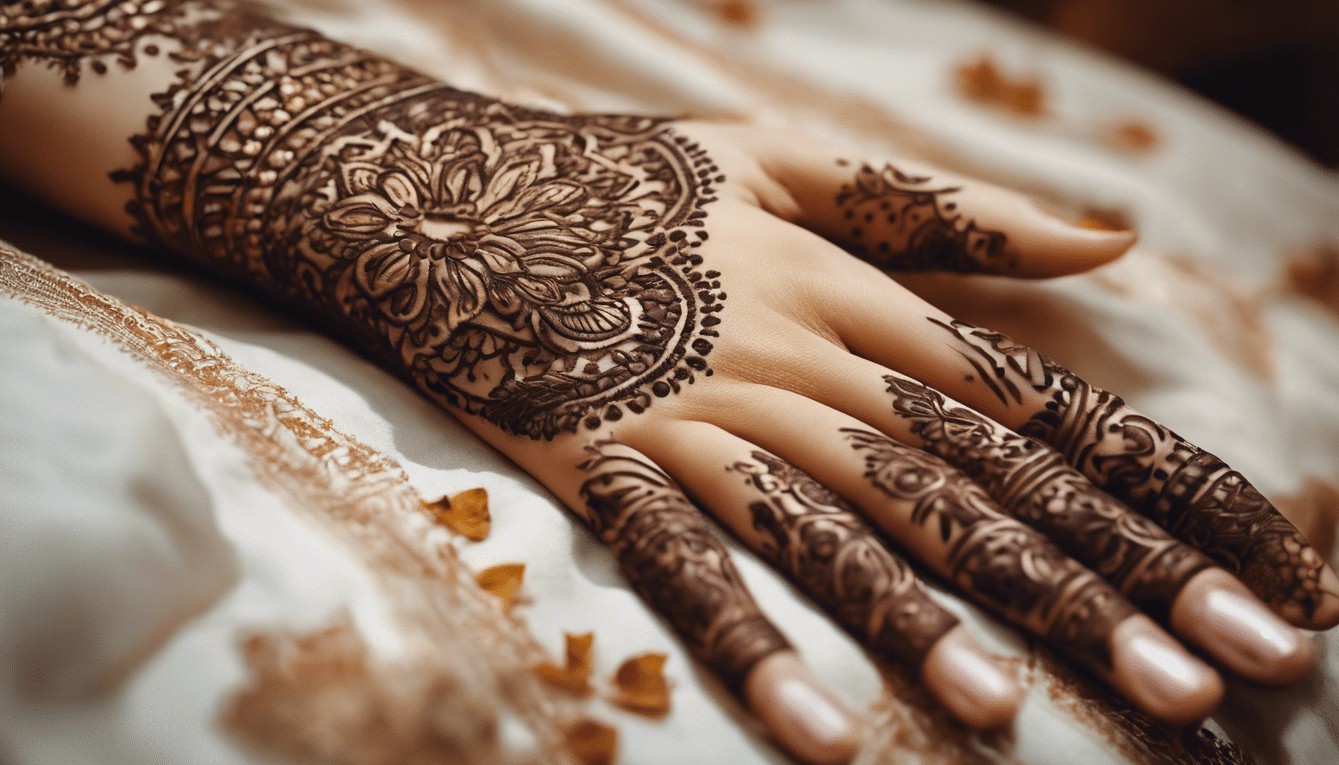For many years, all over Asia, Africa, and the Middle East, people have decorated their hands and feet with a lovely and detailed form of art. Mehndi. A lot of times, only considered in the West as a temporary tattoo or just a passing fashion, Mehndi actually has a long and meaningful history. It is an old practice, which is part of any celebration, rite of passage, or way people show who they are. The natural dye from the henna plant makes beautiful designs, but what makes them really special are the meanings people attach to them. Discovering Mehndi allows us to learn about history, religion, and the shared values in many cultures. Much like the information you can find across this website, delving into Mehndi reveals deep traditions.
Ancient Origins and Global Spread
Using henna for body art is a tradition that dates back much further than many would think. Ancient Egyptians are known to have used henna to dye the fingers and toes of their mummies before the final burial. It is also said that in Babylon, the Mediterranean, and parts of Africa, people used it for both beauty and healing. As a result of these trade routes, henna moved further, being brought by travelers, merchants, and migrating people to India, Pakistan, the Middle East, and North Africa.
When henna spread to different regions, people of those regions started using it with their own personal styles and customs. Though the main practice stayed the same, using henna paste made from dried henna leaves, the art and its meaning changed, giving rise to the many Mehndi traditions across continents, including India’s bridal designs and the bold geometry of North Africa.
Symbolism Woven into Every Pattern
The real value of Mehndi can be seen in the meaning behind its artwork. Every motif and design choice in Asian art tends to have a special meaning. Though the symbols are regional and cultural, many focus on themes that are important to people everywhere.
For instance, in many traditions, putting mehndi on is often thought to bring good luck, help with having children, and protect people from bad forces. Peacock motifs, which show up a lot in Indian designs, are usually meant to show beauty and love. A lotus flower is often used to symbolize purity and enlightenment. Long-lasting relationships or loyalty can be shown with vines and leaves. Many believe that the repeated patterns found in Moroccan Mehndi help guard against negative energies and the evil eye. The darkness of the stain in itself is often seen as good, with people thinking a darker colour means a stronger love or more luck. Realizing what these symbols stand for makes us admire the artistry of every move made with the cone.
Mehndi in Celebrations and Rituals
Mehndi is a strong part of any celebration, especially weddings. The bridal Mehndi ceremony is an important and happy event before a wedding for many cultures, where family and friends get together to celebrate the bride. Symbols of love, prosperity, and luck for her new marriage are often painted onto the bride’s hands and feet. The groom’s initials are often secretly put into the pattern of the suit, and on the day of the wedding, he has to look for them in the design.
Apart from weddings, Mehndi is put on during festivals like Eid, Diwali, and similar celebrations. It’s a way to dress up and look good on happy days, showing how happy and lucky someone feels, and also letting them feel connected to their culture. Certain cultures use it during pregnancy and after giving birth, giving blessings and protection to both the mother and the child. The rituals point out why Mehndi is important for key events and bringing communities together.
The Art and Practice Today
Today, Mehndi is still alive and changing with new styles and designs popping up all the time. While older designs are still liked, newer artists are trying out new ideas by adding things like sparkles, different styles, and mixing things from different parts of the world. Mehndi is also becoming more well known around the world because it’s a simple way to put temporary designs on your skin that look really neat and come from natural ingredients.
We should keep in mind and respect the cultural value of Mehndi when we use it. Being familiar with its background and meaning makes it possible to value temporary tattoos more than just for their looks. Whenever applied, be it for a wedding, a festival, or as a fashion accessory, Mehndi leaves behind the traces of old traditions and the appeal of meaningful symbols, making it much more valuable than just a stain.
Conclusion
Mehndi is an interesting art that has been part of people’s lives for just as long as its detailed patterns. From its ancient beginnings to how it’s used in today’s celebrations, it has helped people share their culture, beliefs, and come together as a group in many different places. The symbols carefully put on help bring wishes for good luck, safety, and better days, all telling a story on the body. Understanding that each pattern has a special meaning changes how we see Mehndi, making it more than just a style of body art, but a way for different generations to come together and mark special occasions in life. Its popularity has lasted for years because of its beauty, its background, and the strong feelings and tradition it carries for many people.
